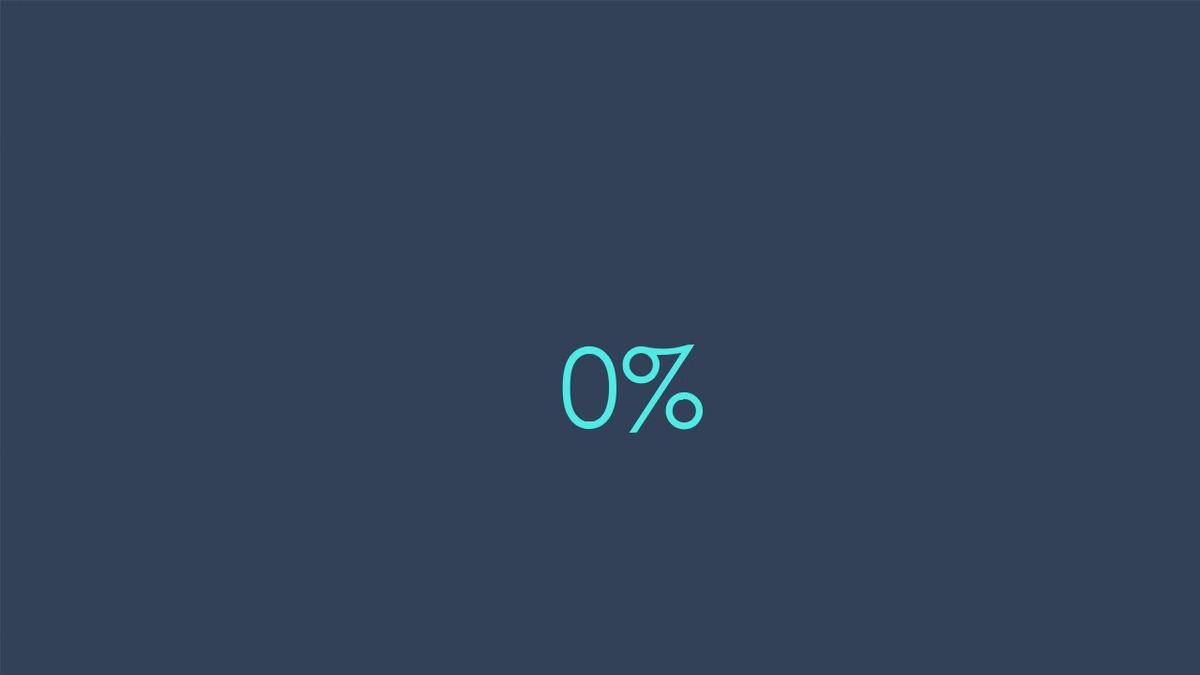
Deaglo saves client $4m in International Port Investment
Deaglo saved the client $4m over 5 years and reduced 'Value at Risk' by 70-75% at minimal cost using a tailored strategy.



Reduction in volatility due to Layered forwards.
Reduction in cost of long-term forwards.
Reduction in volatility of returns (by factor).
Client type and solutions
Deaglo worked with an alternative investment fund manager client using FX Hedge Optimization and products including Monte Carlo Strategy, Layered hedging and Margin simulations.
Background
A US investor purchased a share of a port operation in Brazil in summer 2020. The Port was BRL-functional. In order to conform to international convention, grain-loading contract tariffs were priced in USD. To protect port owners and grain shippers upper and lower limits on the spot rate were used to calculate prices in BRL, however, the limits were set before the BRL depreciation, and thus only of use to the shippers.
The investment horizon was five years with the following projected csh flows:
-
Initial outlay of $75M USD
-
Annual operating flows of approximately $5M-$10M
-
Estimated proceeds at the end of year five - $150M
Fig 1 shows how USDBRL volatility would put those returns at risk.
The investor was willing to use a vanilla option strategy along with non-deliverable forward contracts to protect against the expected BRL depreciation:
The Challenge

Fig 1
The main objective was to optimize the client's risk reduction in comparison to its hedging costs. So how did we achieve this?
Approach:
The first step was to evaluate the risk by tranche, given the unique contract limits. Early flows exhibit much lower volatility than later flows, due to both tenor and notional. Only three of the tranches merited risk management; with the last, largest flow having the highest Value at Risk (VaR) by a large margin.
Determining a hedge strategy:
With no natural hedge opportunities, forwards and options were the only hedging alternatives to consider. Forwards were suitable for the shortest tenors only, given the high forward points. Several vanilla option strategies were evaluated for the intermediate tenors, including a 50% participating forward, a Tracker forward, and a Seagull for each tranche.
Deaglo took a Monte Carlo modeling approach to evaluate and select the optimum option strategies for each tranche. By modeling the spot market over tens of thousands of runs and evaluating the resulting gain/loss of the exposure and multiple option strategies, and using visualization techniques from the statistics world (box and violin plots), it becomes easy to compare and select a strategy. See Fig 2.
It was determined that beyond the 3-year tranche, no set and forget hedge strategy was viable. Forward points were far too high, and net option premiums - even when using combinations of long and short positions) - were as well. For these long tenors, the only viable strategy was to use layered forwards.

Fig 2
Results:
For the option-hedged intermediate tranches, both the Tracker and Seagull strategy reduced the volatility of returns by a factor of 3, dramatically reducing risk. As the Seagull strategy includes two short (i.e. sold) legs, the cost is less than a forward for the same tenor and was preferred by the client. There is a slightly elevated risk of margin calls, which the client was comfortable with.
For the longest tenor, the layered forwards will reduce volatility by about 70% (it's impossible to determine ante hoc the exact reduction). The layered strategy reduces the cost of long-term forwards by 50%, as the average tenor is 50% of the total (assuming a linear forward curve). The other advantage of the layered forward approach is that if, after a few years, forward points rise unacceptably, the remaining unhedged fraction could be hedged using options.
Conclusion:
While the port grain contract details added complexity, the simplified model showed a core risk of BRL depreciation against the USD for 5 tranches stretching out 5 years. Calculating VaR and ranking the tranches reduced the risk situation further; several tranche risk levels were de minimus and not managed. Optimal hedging for the remaining tenors were found to be option strategies - specifically the Tracker and Seagull. The choice between these was made based on net premium cost. The Seagull produced slightly better net returns as a result.
By breaking down and simplifying the risk model, and then using Monte Carlo techniques to model the range of outcomes, Deaglo could help the client visualize, understand and gain insight into the performance of various hedge strategies and select the one that met their needs best.
